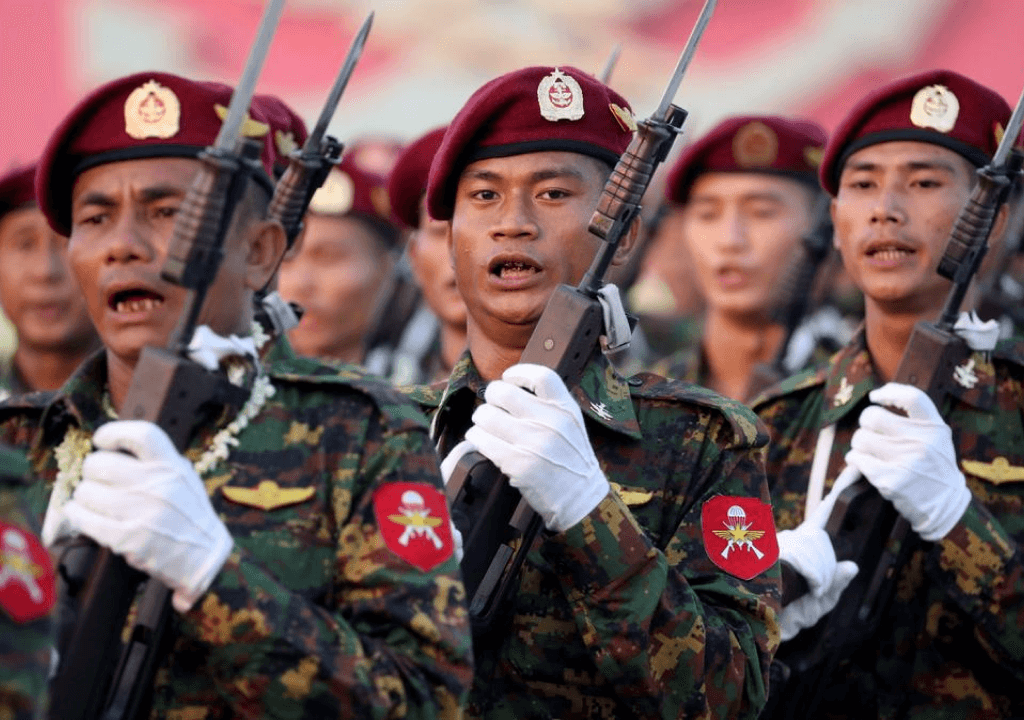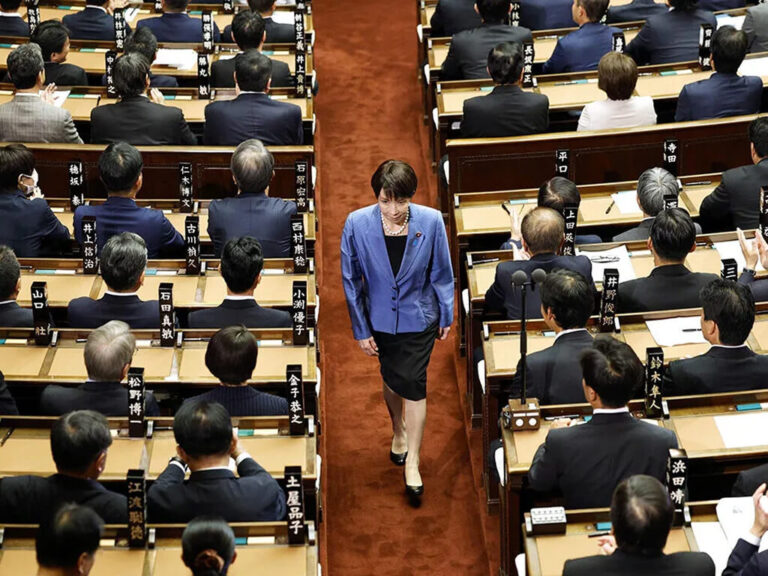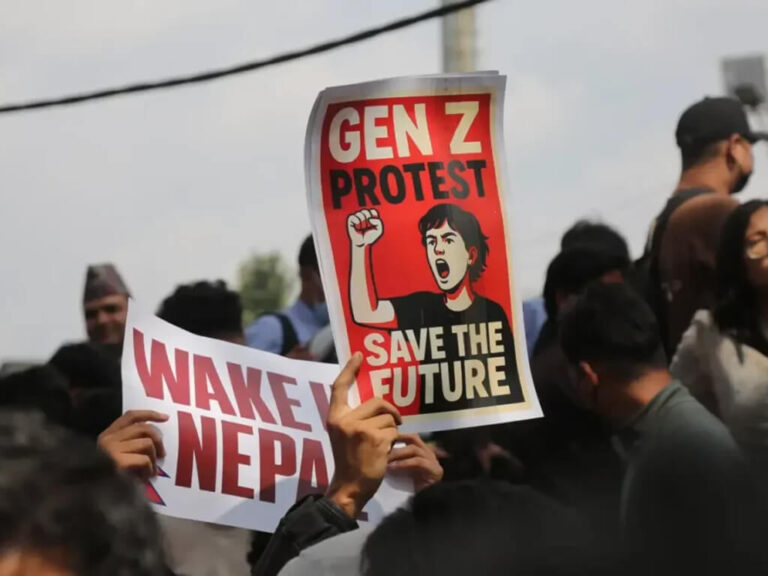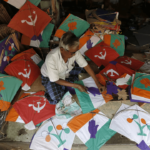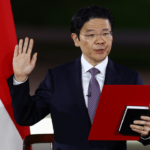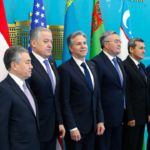A temporary pause has been introduced in the ongoing Myanmar Civil War, a conflict between the Junta and the Three Brotherhood Alliance, which consists of three significant ethnic armies united against Myanmar’s military government. China has taken on a mediating role to broker a truce, aiming to bring an end to months of conflict in northern Myanmar that has displaced approximately half a million people. The announcement of a ceasefire by Myanmar’s military and the alliance of armed ethnic minority groups marks a significant development, posing a substantial challenge to the junta in power since 2021.
The Three Brotherhood Alliance is composed of ethnic armed groups, including the Arakan Army, the Myanmar National Democratic Alliance Army (MNDAA), and the Ta’ang National Liberation Army (TNLA). Their progress has been noteworthy. On October 27, around 10,000 alliance fighters launched coordinated, large-scale assaults on military, police, and government-allied militia locations across Shan state. Over 100 military posts were captured as the military retreated, leaving behind substantial weaponry and ammunition.
Major towns on the China border, such as Chin Shwe Haw and Mong Ko, have fallen to the alliance. Additionally, the alliance claims to have taken control of Hpawng Hseng, Pang Hseng, and Hsenwi villages. Rebel attacks have targeted Lashio, the largest town in Shan, while bridges and highways connecting Myanmar to China have been destroyed. The ongoing offensive, known as “Operation 1027,” has injected renewed momentum into the armed campaign to restore democracy in Myanmar.
In response, the military has forcefully engaged anti-coup forces, utilizing indiscriminate air raids, deploying ground troops, and causing significant casualties among newly formed resistance cells. The military’s actions, guided by the longstanding “four cuts” policy, spared no targets, including schools, hospitals, and displacement camps. This policy aims to deprive resistance groups of essential resources such as food, funds, intelligence, and recruits by targeting their civilian support base.
Therefore, the ceasefire is an imperative need for both conflicting parties and China. The alliance, which consistently advocates for the restoration of democracy in the state, has successfully seized strategic towns and border hubs in Myanmar’s northern Shan state. These areas are vital for trade with China, a crucial supporter and arms supplier to the military. However, China’s relationship with the Myanmar junta has experienced recent strains, primarily due to the junta’s inability to suppress online scam operations targeting Chinese citizens, as asserted by Beijing.
Since November, residents have been fleeing Laukkai town, located in a district bordering China, which was under the control of a militia aligned with the Myanmar military. Laukkai had gained notoriety for activities such as gambling, prostitution, and online scams carried out in compounds where thousands, many of whom were trafficked, were employed. Reports of shells falling on the border have raised concerns about potential escalation, possibly drawing India into the conflict. India is already grappling with an increased influx of refugees from Myanmar, with the bordering state of Mizoram seeking assistance from the central government, as the number of Myanmar’s Army personnel entering Mizoram since November 13 has reached 636.
In spite of a recent ceasefire, conflicts persist in northern Myanmar. Analysts posit that troops on both sides may be unaware of the ceasefire due to communication gaps, heightening the risk of misunderstandings that could lead to the collapse of the ceasefire. If the situation does not escalate with China’s mediation, there could be further disruptions in India’s involvement. Given the strained relations between the two countries in recent years, a political tug of war remains a possibility. Myanmar traditionally has political ties with India, but China possesses significant strategic interests in Myanmar, serving as the most direct route to the Indian Ocean without interference from India. The ceasefire, nevertheless, presents an opportunity for China to take a leading role in fostering peace in the region and positioning itself as a regional leader.
The Myanmar Ethnic Alliance emphasizes that a ceasefire is the sole factor preventing them from capturing additional towns, while the Junta will use this time to prepare for further battles. The realization of peace in Myanmar seems distant unless democracy is established or comprehensive support is garnered from the international community. While global interest in Myanmar appears limited, the imperative for Myanmar’s stability and prosperity lies in the establishment of peace. Despite the perceived limited impact of the current ceasefire on the conflict-ridden nation, it is now crucial to initiate further dialogues and actively pursue peace.

